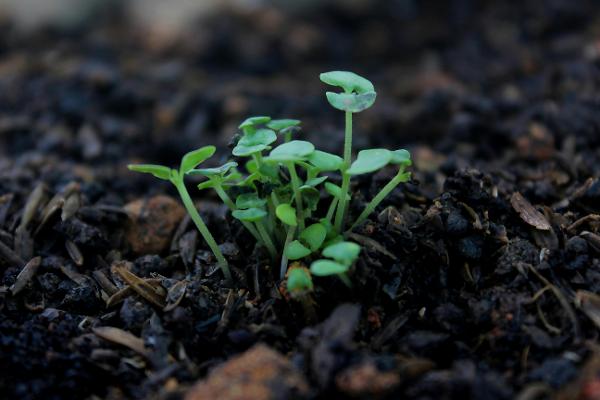Mitigating Toxic Minerals in Soil: The Role of Fertiliser and Lime Explained by Dr Gordon Rajendram

Soil health is paramount for sustainable agriculture, and one cannot overlook the significance of managing toxic minerals to safeguard crop quality and yield. Dr Gordon Rajendram, a renowned expert in soil science, sheds light on the intricate relationship between fertiliser and lime application and its effect on toxic minerals within the soil.
Fertilisers, primarily composed of nitrogen, phosphorus, and potassium, play a pivotal role in enhancing plant growth and productivity. However, their interaction with soil minerals can influence the bioavailability of potentially toxic elements, such as lead, arsenic, and cadmium. These elements can be naturally occurring or result from anthropogenic activities, posing significant risks to plant health and human consumption.
The application of lime, or calcium carbonate, is a traditional method used to amend acidic soils, raising the pH to a more neutral level. This adjustment is crucial as it directly impacts the solubility and hence, mobility of toxic minerals in the soil. At lower pH levels, certain toxic metals, like aluminium and manganese, become more soluble, increasing their availability to plants. By elevating the soil pH, lime reduces the solubility of these metals, consequently diminishing their uptake by plants.
Moreover, lime can induce a phenomenon known as "immobilisation" or "precipitation" of toxic metals, effectively reducing their bioavailability. For example, the application of lime can lead to the formation of phosphate minerals in soils treated with phosphorus-rich fertilisers, which can immobilise lead by converting it into less bioavailable forms.
However, the interaction between fertiliser, lime, and soil minerals is highly complex and depends on various factors including soil type, climate, and crop species. Excessive use of fertilisers can lead to the accumulation of certain toxic metals, highlighting the importance of balanced and informed application strategies.
Dr Rajendram emphasises that “managing soil health requires a holistic approach, considering both the benefits and potential risks associated with fertiliser and lime use. By understanding and applying scientific principles, farmers can mitigate the impact of toxic minerals, ensuring sustainable and safe agricultural practices.”
Contact Dr Gordon Rajendram
021 466077
rajendram@xtra.co.nz
www.gordonrajendramsoilscientist.co.nz
Contact Phillip Quay
phillip@mediapa.co.nz
027 458 7724
